Weak bank revival to necessitate patience
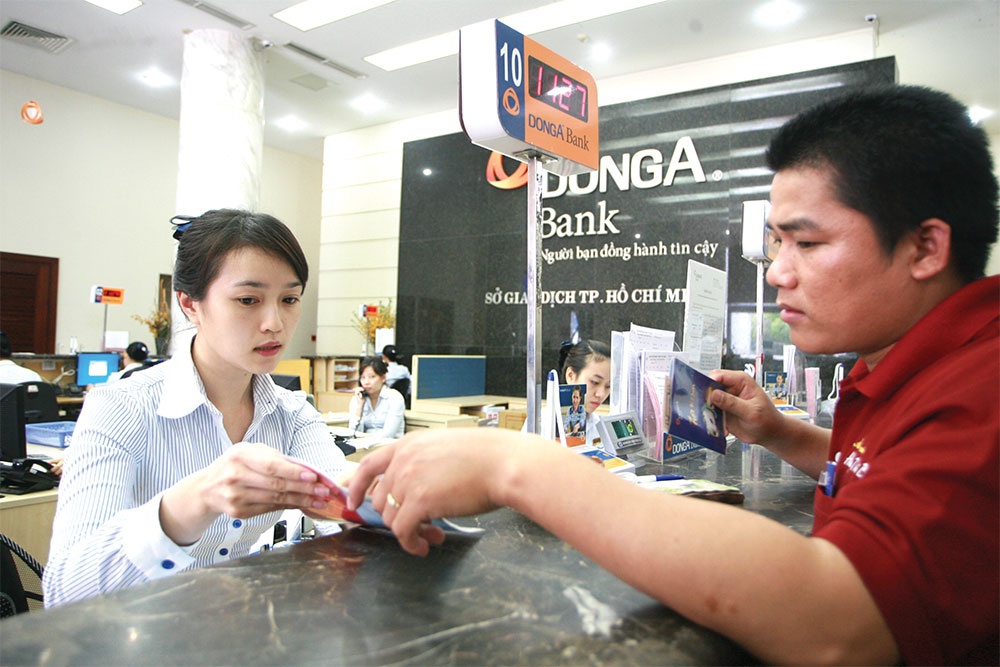 |
| Dong A Bank is one of those requiring backing from larger lenders, photo Le Toan |
After the State Bank of Vietnam (SBV) called for restructuring credit institutions in association with bad debt settlement over the next few years through an assistance programme, Vietcombank, MB, VPBank, and HDBank have either publicly stated their intention to help weak banks as part of the forced transfer, or given strong hints that they would.
Viet Capital Securities (VCSC) identified four banks, stating that Vietcombank would support CB Bank, MB will support Ocean Bank, VPBank will support GP Bank, and HDBank will support Dong A Bank.
Saigon Commercial Bank (SCB) was one of the four troubled banks named by the SBV last year to be placed under special management.
“Notably, owing to SCB’s size, the fifth-biggest bank in Vietnam by total assets as of the third quarter of 2022, it is impossible to anticipate an assistance programme similar to other weak banks. That being said, it’s probable that sustaining SCB may need more than just a financially stable bank,” noted the VCSC.
According to research conducted by VCSC on the assistance initiative, the SBV may lend to weak banks at interest rates as low as zero as a low-cost source of capital. Deposit Insurance Vietnam (DIV) will also offer troubled banks with low-cost financing via the acquisition of these banks’ bonds. Additionally, the sponsoring bank will also issue long-term bonds for weak banks, allowing them to access to low-cost funding sources.
The supporting bank will locate quality loans using DIV’s low-cost funding and offer them to weak banks. These banks will purchase quality loans from supporting banks with capital from the government at a cheap cost, hence generating a high net interest margin to offset cumulative losses, according to VCSC.
“Supporting banks such as MB, Vietcombank, and HDBank will be exempted from merging distressed banks’ financial statements that have separate consolidated capital adequacy ratio. In particular, they will be granted a greater credit ceiling from the SBV and will be permitted to sell/transfer, combine, or continue to operate distressed banks as a subsidiary after the completion of the reorganisation plan,” the brokerage added.
Aside from the privileges and advantages, the beneficiary of restructured troubled lenders will confront other problems and pressures. It will take between 8-10 years for weak banks to become solvent financial organisations. Nevertheless, supporting banks may take longer to fulfill their plan to support weak credit institutions, hence raising their anticipating expenses, VCSC concluded.
According to VNDirect Securities, the SBV will consider carefully when allocating credit quota to each bank.
“We believe some banks will be able to receive a better-than-peers quota if they have less exposure to risky segments like property loans and corporate bond, participation in handling weak financial institutions, robust capital adequacy ratio (CAR) and good liquidity management,” said VNDirect.
“Based on those criteria, we forecast 2023 credit growth of banks under our coverage in the chart below. As VPBank, MB, HDBank, and Vietcombank were chosen to handle distressed financial institutions since 2022, they are likely to obtain better-than-average credit quota for next year and take market share,” it added.
Tran Kieu Oanh, head of financial institution analysis at FiinGroup, highlighted the three greatest difficulties confronting the banking sector in 2023.
“The first factor is asset quality reduction, which exerts pressure on the increase in banks’ profits. In addition, the high interest rate environment is projected to reduce the net profit margin in the first half of 2023. The urgent requirement for banks to enhance capital buffers is a further significant obstacle,” Oanh said.
Faced with shocks from the difficult economic climate, the CAR of Vietnamese banks (9 per cent for state-owned banks and 12 per cent for private banks) remains relatively low in comparison to other regional peers (around 15 per cent for the ASEAN+5 region), according to Oanh.
She also believes that the overall health of Vietnamese banks has improved significantly over the past decade. Furthermore, interest income will accelerate in the second half of 2023, which can help banks to entice depositors and relieve the strain on the bank’s capital expenses.
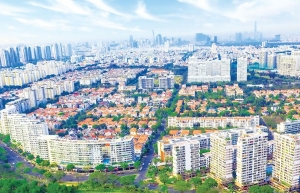 | Extra credit room suggested for real estate sector Real estate developers have suggested that the State Bank of Vietnam increases credit room soon to inject capital into the economy and create conditions for property businesses to restructure and develop this year. |
What the stars mean:
★ Poor ★ ★ Promising ★★★ Good ★★★★ Very good ★★★★★ Exceptional
Related Contents
Latest News
More News
- Green finance discord to be addressed (April 16, 2024 | 09:48)
- More vibrant corporate bond market anticipated (April 16, 2024 | 09:40)
- MB secures prestigious software and IT service awards (April 16, 2024 | 09:39)
- Opportunities to unlock in Vietnam’s green finance arena (April 16, 2024 | 09:38)
- Interest rates likely to remain fairly levelled (April 16, 2024 | 09:25)
- UOB Vietnam partners with Betrimex on sustainability (April 15, 2024 | 15:41)
- Listing ambitions of Vietnamese banks backed by leaders (April 15, 2024 | 15:23)
- Cryptocurrency is not banned in Vietnam: Ministry (April 15, 2024 | 09:40)
- SBV to increase gold bar supply to stabilise domestic market (April 15, 2024 | 08:00)
- Behind the numbers: Techcombank’s vision for growth (April 13, 2024 | 11:00)



 Tag:
Tag: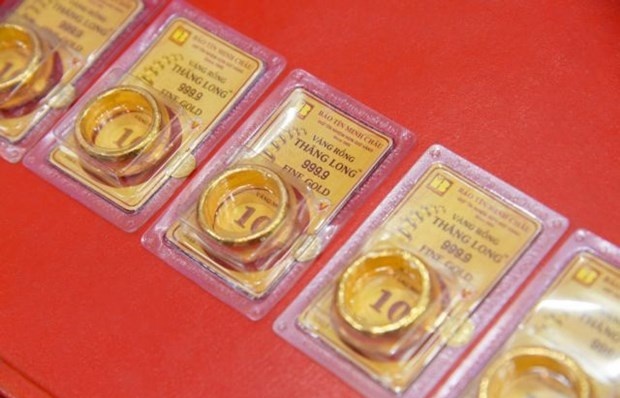
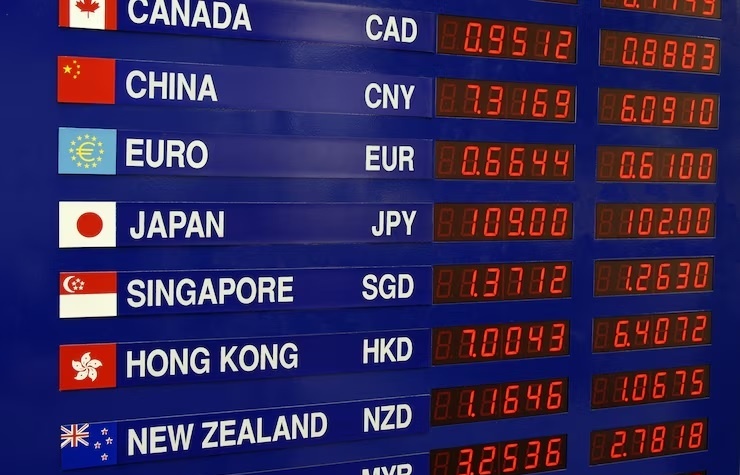
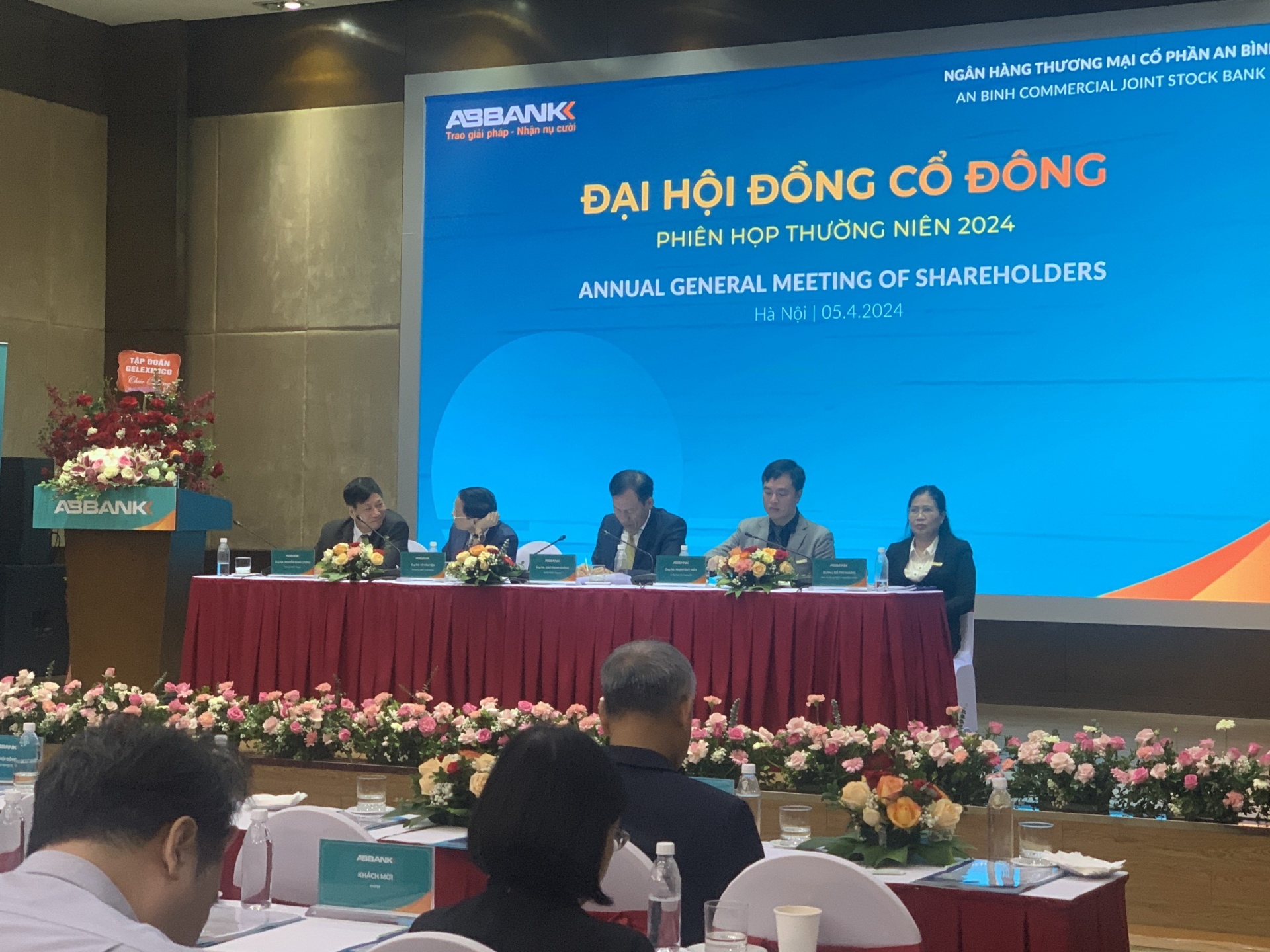




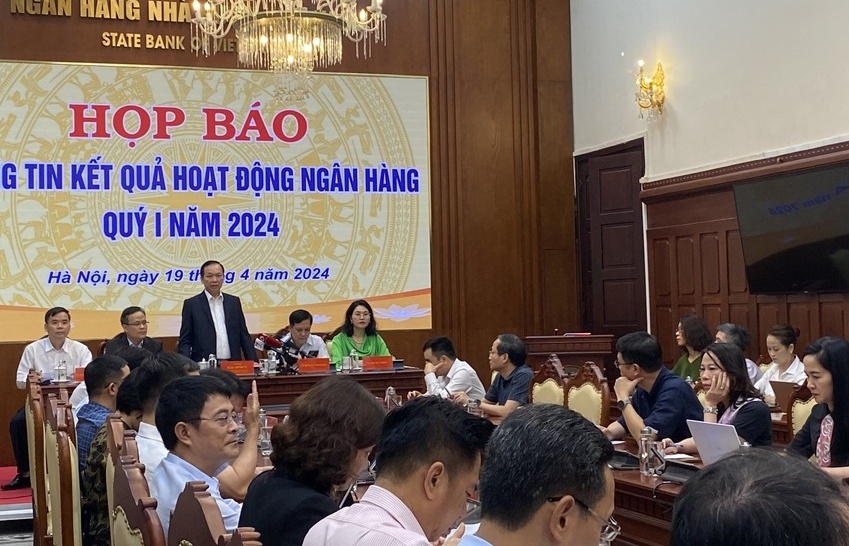
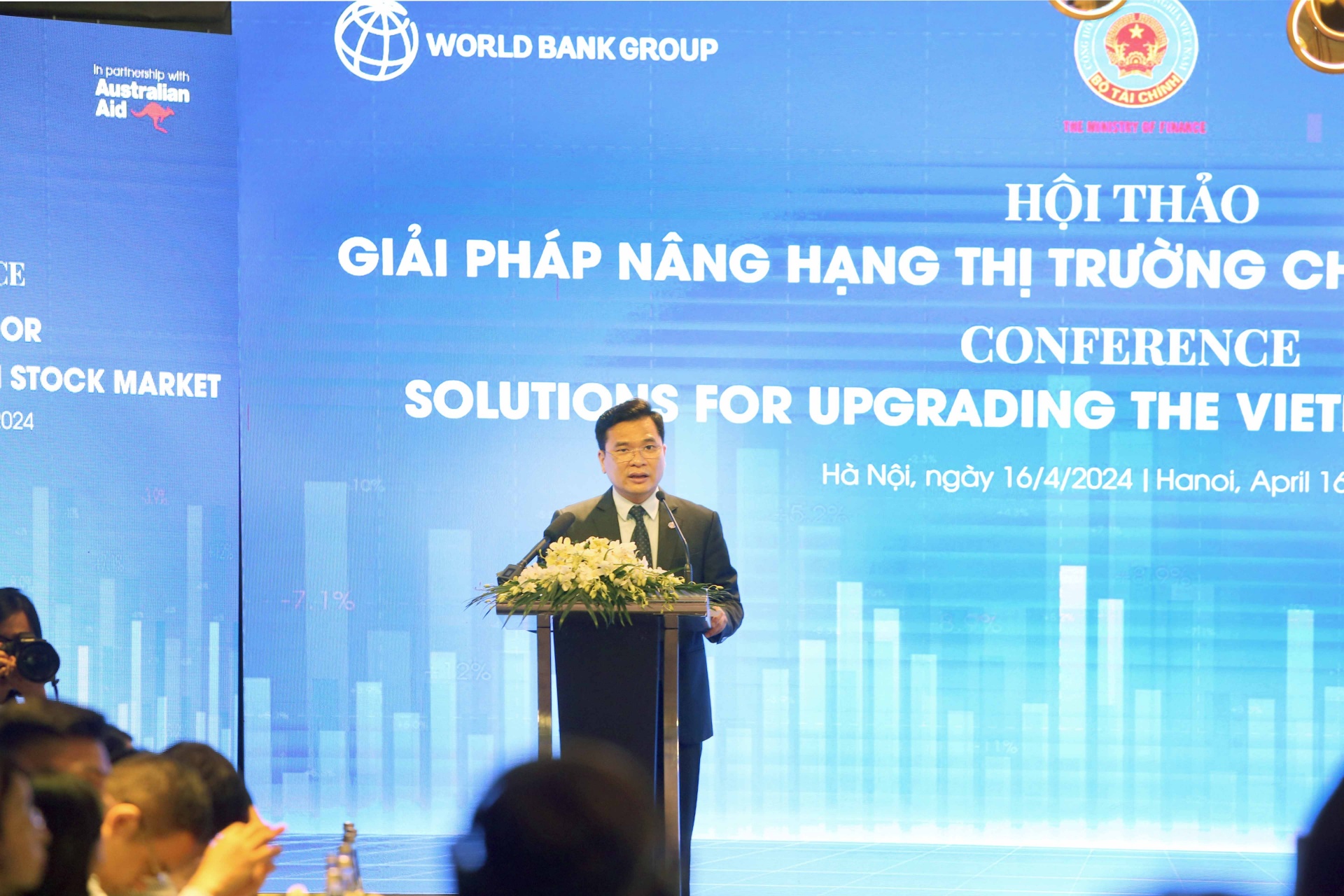
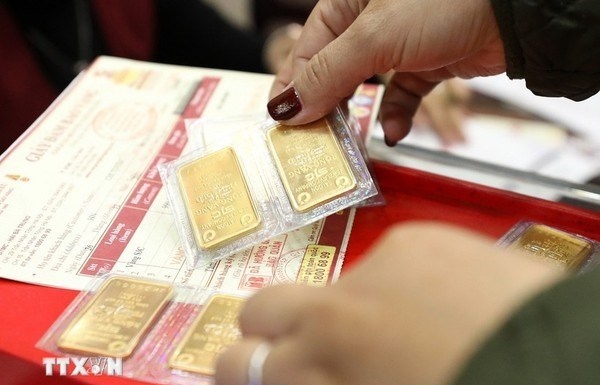
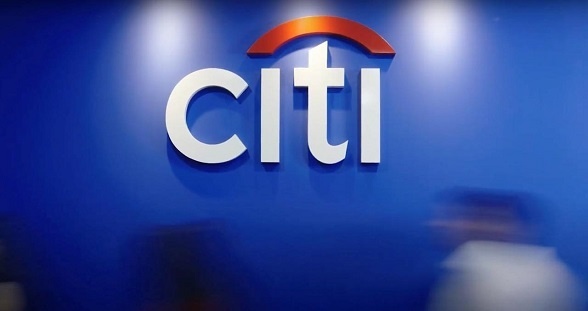









 Mobile Version
Mobile Version